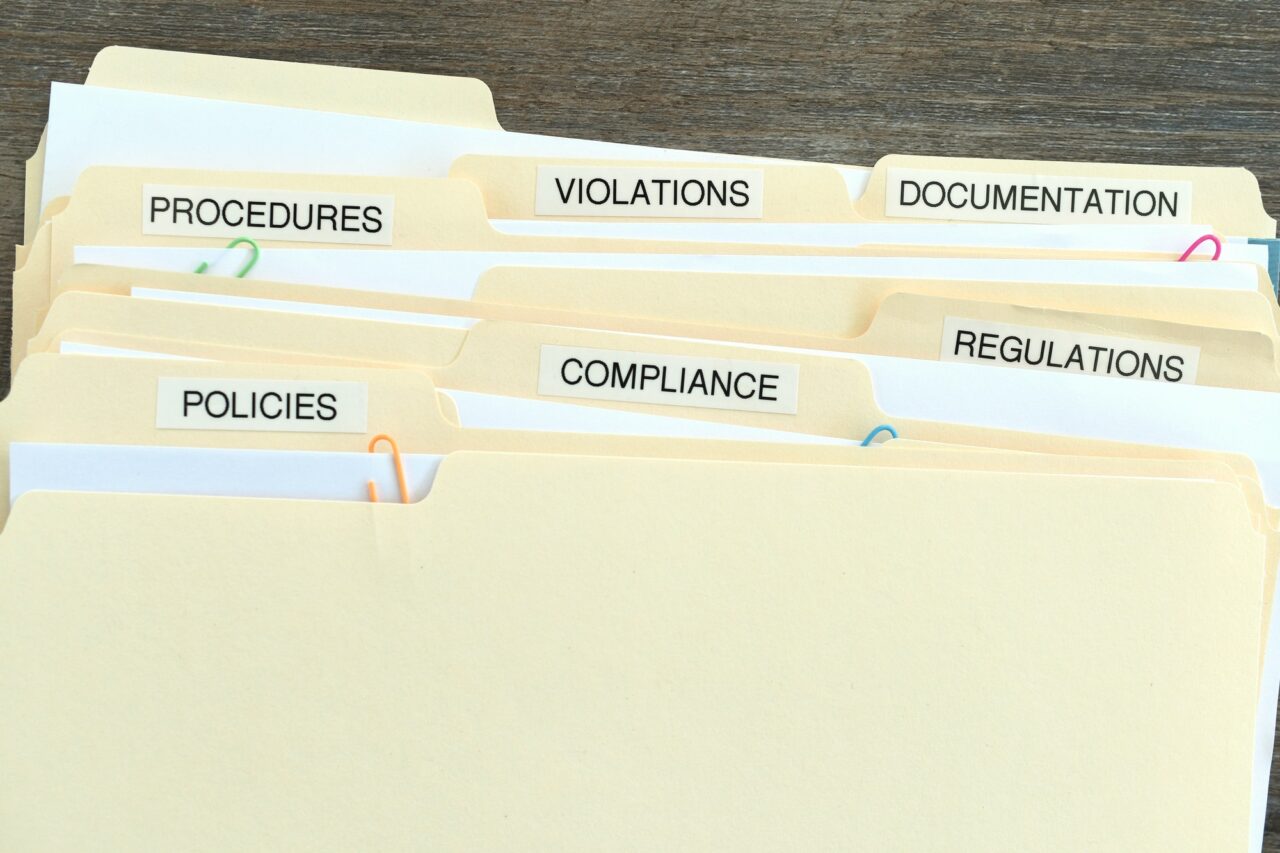 By Kevin Troutman, Fisher Phillips
By Kevin Troutman, Fisher Phillips
Even as the CDC and other public health agencies report improving COVID-19 numbers and continue to relax precautions such as mask mandates, healthcare employers remain under intense pandemic-related scrutiny from various federal agencies. The Centers for Medicare & Medicaid Services (CMS), Occupational Health and Safety Administration (OSHA), U.S. Equal Employment Opportunity Commission (EEOC), and others continue to evaluate their performance and operations. This is on top of continuing financial, staffing, and supply-chain challenges. In short, the path forward for healthcare employers remains daunting.
What COVID Requirements Remain in Play?
Warning: Undefined variable $posClass in /home1/mjhnewsc/public_html/wp-content/plugins/ap-plugin-scripteo/lib/functions.php on line 1078
First, among the highest-profile issues, CMS continues to oversee the implementation and enforcement of its rule that requires “all staff” to have completed a primary vaccination series and for covered providers to follow detailed policy and documentation requirements. The requirements are documented in extensive commentary and guidance from CMS. As a surprise to no one, demonstrating compliance with this Rule, including all its record-keeping and documentation requirements, is demanding.
Warning: Undefined variable $posClass in /home1/mjhnewsc/public_html/wp-content/plugins/ap-plugin-scripteo/lib/functions.php on line 1078
Second, OSHA has announced that it will establish a permanent standard to address exposure to COVID-19 in healthcare settings. The new standard will refine and be a somewhat wider-reaching standard than the Healthcare Emergency Temporary Standard (H-ETS) that the agency issued in June 2021. That ETS expired six months later and was withdrawn, although OSHA strongly encourages all covered employers to continue to follow its requirements. OSHA identified several potential changes to the ETS framework, including but not limited to:
Warning: Undefined variable $posClass in /home1/mjhnewsc/public_html/wp-content/plugins/ap-plugin-scripteo/lib/functions.php on line 1078
- Alignment with CDC recommendations regarding healthcare infection control practices;
- Allowing employers “more flexibility” in implementation; and
- Perhaps most notably, relaxing some COVID-19 precautions for employees who are vaccinated (and possibly adopting the CDC’s concept of “up to date” vaccination status, rather than the current term, “fully vaccinated,” which means completion of a primary vaccination series without considering whether the individual has received booster(s)).
OSHA also released an enforcement memorandum focusing on hospital and skilled nursing care facilities that treat or handle COVID-19 patients. Through June 15, OSHA will devote at least 15% of its inspections to facilities where COVID-19-related citations or hazard alert letters were issued; COVID complaints were filed, or Rapid Response Investigations were conducted. This appears to be an interim step before finalizing its permanent standard.
With OSHA focusing on selected healthcare employers and more rules on the horizon, every provider should review their protocols to ensure that they remain current and aligned with actual practices.
Third, the EEOC updated its guidance with materials focused specifically on employees’ caregiving obligations in the wake of the pandemic. Such obligations may include caring for a child whose school or daycare facility unexpectedly closed due to an outbreak, caring for a family member who contracted COVID-19 or whose mental health disability worsened during the pandemic, or having to quarantine unexpectedly due to exposure to someone infected with COVID-19. In light of such increased caregiving responsibilities, many employers have been asked to provide more flexibility in the form of modified work schedules, telework (in many cases on a permanent basis), extended periods of leave, and/or modified job duties.
Although “caregiver” status is not by itself a legally protected classification and does not necessarily trigger accommodation requirements, the EEOC strongly warned against making decisions based upon “assumptions or stereotyping.” The agency explained that this could arise, for example, in improperly assuming that women are caregivers and thus less committed to their jobs. It could also arise in denying men leave or permission to work remotely to care for a family member with COVID-19. The Commission also stressed that LGBTQI+ employees and applicants are protected. It went on to discuss ways in which pregnant employees could be subject to unlawful pandemic-related discrimination. Noting that caregiving responsibilities do not excuse poor job performance, the EEOC made clear that employers should be very mindful of circumstances in which “caregiver discrimination” could constitute unlawful activity.
The EEOC also updated its guidance regarding how employers should respond to requests for religious accommodations, particularly as they relate to COVID-19 vaccination requirements. Among other things, the Agency made it clear that no “magic words” are required to invoke their right to have such requests considered. Importantly, although employers may ask for additional information regarding such requests, they should have an objective basis for doing so. Both the EEOC’s guidance and emerging case law illustrate that these requests should be considered on an individualized basis and must at least consider alternative accommodation where feasible.
This guidance is particularly important for at least two reasons. First, the CMS vaccination mandate rules recognize that employees may be entitled to accommodations based on religious or medical grounds. In almost every case where an administrative charge or litigation ensues, the employer’s documentation of its assessment of each request will likely be as important as its ultimate disposition of them. Second, since vaccination mandates began well over a year ago, employers have received unprecedented numbers of requests for accommodation based upon sincerely held religious beliefs. As these matters are litigated and decided, new court decisions will provide more guidance about how to respond to various scenarios involving requests for religious accommodation. In the meantime, employers must proceed thoughtfully and follow developing case law closely.
And There’s More
Besides the foregoing major issues, the Administration is developing new standards for staffing in nursing homes, where both COVID-19 and staffing shortages have wreaked havoc. The President has promised that nursing homes that do not meet these standards will be “held accountable.” Nursing homes and other healthcare employers are facing increasing financial pressures as a result.
Staffing challenges, in nursing homes and across the board in healthcare, remain at the forefront of pressing issues. The situation is complex, involving different aspects of both recruitment and retention. Many qualified professionals have left their employers for higher pay offered by staffing companies. After more than two years of dealing with the pandemic, other staff have moved from the front lines into less intense settings. Among registered nurses, where the number of new graduates is not keeping pace with the number of RNs who are retiring, a seemingly perpetual shortage continues. This challenges hospitals and other providers to be creative in, among other things, offering creative compensation programs to cover hard-to-fill shifts. Of course, the more creative or complex they are, the greater the risk of errors or inadvertent violation of federal wage and hour laws.
Thus, even as the pandemic hopefully continues to wane in general, healthcare employers still face intense scrutiny and pressure, to comply with more federal oversight and to meet practical operational challenges. This requires them to continue to devote time, attention, and resources to developing and managing effective policies; and to ask its leaders to continue to be nimble and responsive. In sum, while the fight against the effects of COVID-19 seems to be moving in the right direction, the war is not over.


